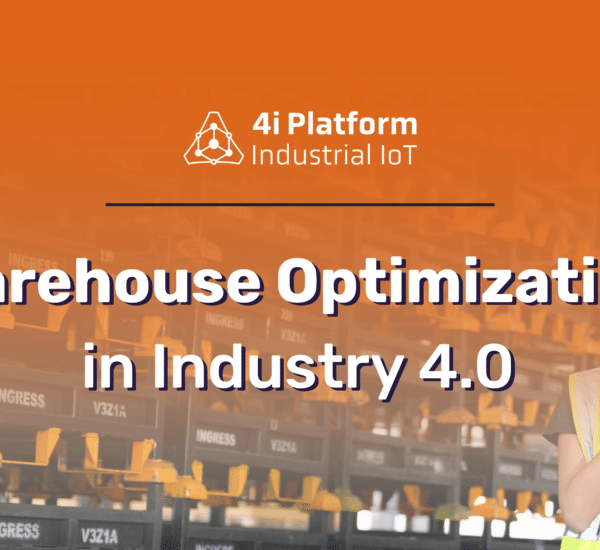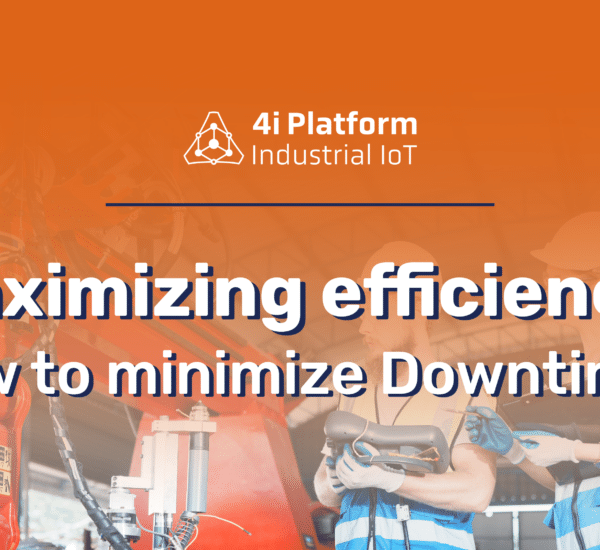We all need food to survive. From humans to animals, we are all a part of the food chain. No matter how far we progress in terms of technological creations, we’ll still rely on our farmers to get fed. This makes blessing, or, rather, equipping our farmers with the latest technology a general advantage which will offer the collective benefits of IoT in agriculture.
We have a lot of examples of contemporary technology being leveraged in different industries and these applications are showing promising results. Technologies such as Artificial Intelligence (AI), Machine Learning (ML), the Internet of Things (IoT), and Deep Learning are helping humans to get their tasks done with the least effort.
The Internet of Things has aided in building smart homes as well. It has brought all electronic devices in one place that makes it easier to control their functioning.
How IoT Entered the Agriculture sector?
The introduction of sensors in agricultural operations is a talk of the past. However, the problem with this traditional approach of sensor technology was that it did not give live data. These sensors used to keep the data in the attached memory and were later utilized.
With the coming of industrial IoT in Agriculture, modern-day sensors are currently available for use. These sensors are linked to the cloud via a cellular/satellite network. This system helps us to obtain live and real-time data and make effective decisions.
The application of IoT has helped the farmers in a lot of activities such as monitoring the water levels in tanks. This all is done in real-time which increases the efficiency of the entire process of irrigation.
Yet another thing that has been made possible with the advancement of IoT technology is the tracking of seed-growth. Farmers can now track the usage of resources and the time taken by a seed to fully grow into a plant.
The introduction of IoT in Agriculture was like a second wave of the Green Revolution. IoT has supplied twofold benefits to the farmers. They can now perform the same amount of tasks in a lesser amount of time and also increase the crop yields with the help of accurate data obtained from IoT.
Applications of IoT in Agriculture
The Internet of Things has made smart farming potential. Now, you may wonder what exactly is smart farming? Smart farming is a capital-intensive and hi-tech method of growing food cleanly and sustainably. We can also call it the application of ICT (Information and Communication Technology) in Agriculture.
When we talk about IoT-based smart farming, we are taking a look at a system built to monitor the harvest field with the help of sensors. These sensors track every essential for crop production like soil moisture, humidity, light, temperature, etc., and automates the irrigation system.
This system gives farmers an opportunity to track the field conditions from anywhere. IoT-based farming is way too efficient when compared to conventional farming.
The IoT-based smart farming not only helps in bettering the conventional farming procedures but also targets other agriculture methods like organic farming, family farming (complicated or small spaces, particular cattle and/or cultures, preservation of particular or high-quality varieties, etc.), and enhances highly transparent farming.
IoT-based smart farming is also beneficial in terms of environmental issues. It can help the farmers to efficiently use water, optimize the inputs and treatments.
Now, having known the concept of smart farming, we will look at the major applications of IoT-based smart farming that are revolutionizing the agriculture industry.
Precision Farming
Precision farming, also known as precision agriculture, is anything that makes the entire process of farming accurate and controlled when it comes to raising livestock and growing crops.
The essential part of this farming technique is the use of Information Technology and various other technologies like sensors, robotics, automation vehicles, control systems, automated hardware, variable rate technology, and so on.
The crucial characteristic of precision farming is the adoption of access to high-speed internet, mobile devices, and reliable, low-cost satellites (for imagery and placement ) by manufacturers.
Precision farming is regarded as one of the most famous applications of IoT from the agricultural sector and it is being leveraged globally by several organizations. One of the examples is CropMetrics. It is a precision agriculture organization that focuses on ultra-modern agronomic solutions. Moreover, it specializes in the management of precision irrigation.
Agricultural Drones
Technology has improved significantly and at a higher rate in the past few years. Agricultural drones are a prime example of this development. Drones are used in the agricultural industry to enhance many farming practices.
The two kinds of drones- ground-based and aerial-based drones are used in agriculture for crop health assessment, harvest monitoring, spraying pesticides, irrigation, planting, and analyzing the field. These drones capture multispectral, thermal, and visual imagery throughout their flight.
The use of drones offers many benefits such as crop health imaging, integrated GIS mapping, saving time, ease of use, and also increasing crop yields. When we combine drone technologies with proper strategy and planning based on real-time data collection, we can give a high-tech makeover to the agricultural sector.
From the data gathered from drones, farmers are able to draw insights regarding plant health indices, plant counting and yield prediction, plant height measurement, canopy cover mapping, field water ponding mapping, scouting reports, stockpile measuring, chlorophyll measurement, nitrogen content in wheat, drainage mapping, weed pressure mapping, and so on.
Livestock Monitoring
Owners of large farms utilize wireless IoT applications to track the location, health, and well-being of their cattle. This information helps them to identify sick animals and henceforth separate them from the herd, take care of them, and also curb the spread of the disease among other animals. It is also useful for cutting labor costs as owners can locate their cattle with the aid of IoT-based sensors.
JMB North America is an association that offers cow checking answers for bunny makers. One of the arrangements helps the cow proprietors detect cows that are pregnant and going to conceive offspring.
From the calf, a sensor fueled by a battery is removed when its water breaks. This transmits data to the owner or the farmer. In the time spent with the cattle giving birth, sensors allow the farmers to be more focused.
Conclusion: IoT in Agriculture
So, the need to increase crop yields becomes critical. Thus, IoT can be a prevalent factor in this procedure.
The use of IoT has enabled farmers and ranchers to go for smart farming. A technique that is capital-intensive and hi-tech. Smart farming provides twofold benefits as farmers can devote a while in fields and yet increase the crop yields. The IoT-based ecosystem has several applications in the agricultural sector. We have discussed the applications in detail.
With the human population increasing exponentially, the world will have to produce 70 percent more food in 2050, according to FAO projections. This will result in the shrinkage of agricultural lands and depletion of finite natural resources.
Overall, IoT applications are making it possible for farmers to collect meaningful data that is utilized to increase efficiency.
HUGE landowners and small farmers need to understand the potential of IoT-based smart farming and they must implement IoT solutions in a booming manner.





